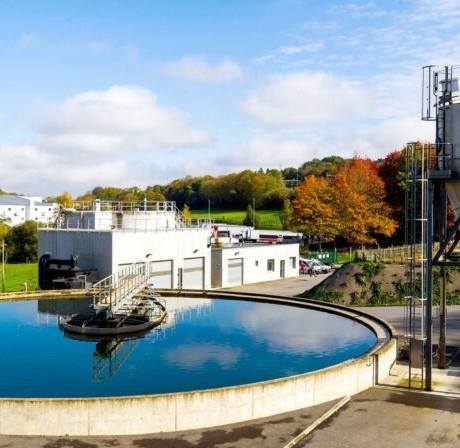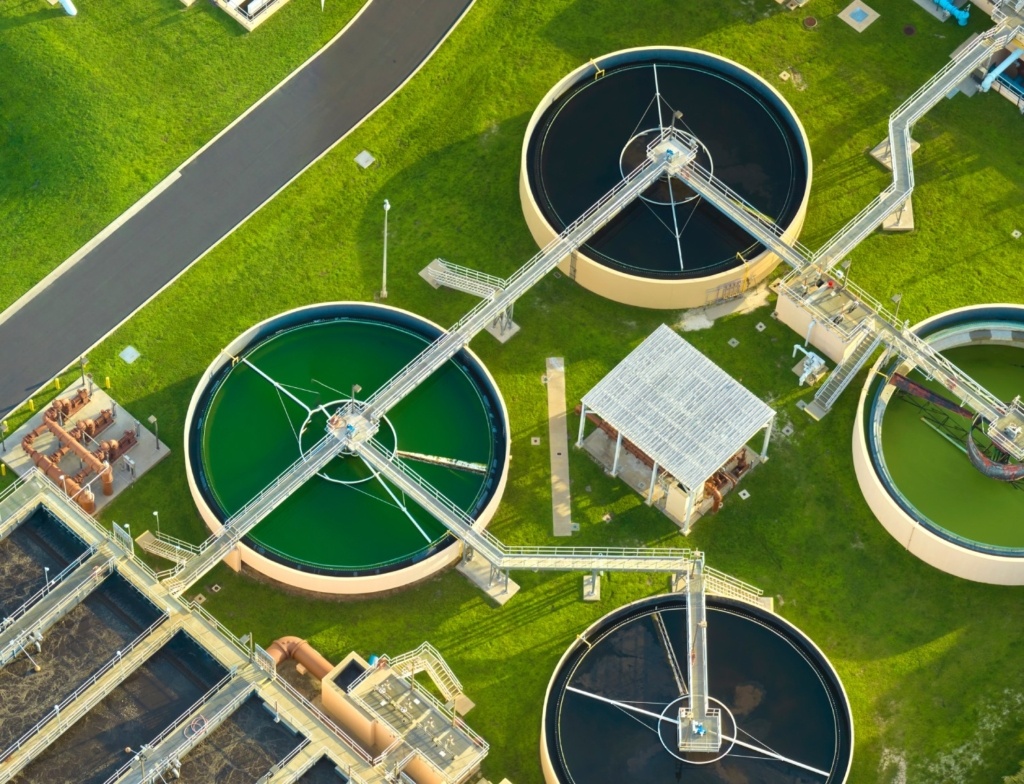Your challenges

High Levels of Suspended Solids and FOG
Many industries struggle with wastewater containing large volumes of suspended solids, fats, oils, and grease (FOG), which are difficult to remove with conventional methods. This not only affects compliance but also overloads downstream treatment.
A robust floatation solution is essential to reduce these loads efficiently.
Limited Space for Treatment InfrastructurenUrban or industrial sites often face footprint limitations that make conventional sedimentation tanks unfeasible. Compact, high-efficiency flotation systems with plate-pack designs can provide the same or better performance in a smaller footprint.
Variable Flow and Contaminant Loads
Changing operational conditions, such as seasonal peaks or shifts in production, can drastically alter the characteristics of wastewater. A flotation system must adapt automatically to fluctuating flows and contamination levels without compromising performance.nSludge Handling and Disposal CostsnDissolved Air Flotation systems generate sludge that normally will be dewatered and managed cost-effectively. Systems that produce drier sludge or integrate easily with dewatering technologies can significantly reduce operating and hauling costs.
Our Dissolved Air Flotation Solutions and How They Work
IPF – Inclined Plate Flotation
The IPF system uses plate pack technology to maximize separation surface in a compact design. With overflow rates up to 18 m/h and solids loading up to 50 kg/m²/h, it offers reliable and space-saving performance across flows from 3 to 180 m³/h.
NPF-HX – High-Capacity Plate Pack Flotation
Designed for large industrial flows, the NPF-HX delivers superior capacity with overflow rates up to 32 m/h and full automatic level control. It is highly adaptable to changing influent conditions and handles flows from 200 to 1,550 m³/h.
HR-DAF – High-Rate DAF for Large Flows
Ideal for municipal and large-scale industrial applications, HR-DAF handles flows from 1,065 to 3,500 m³/h per bay. It excels in treating low dry solids (DS) loads and is often used in concrete tank configurations.
GDF – Open Tank DAF for Contaminated Streams
GDF is perfect for highly polluted wastewater with sludge loadings up to 100 kg/m²/h. It operates at low overflow rates (2.5–5 m/h) and is highly effective for applications involving activated sludge or emulsified oils.nFlooDAF®- Compact and Efficient Flotation SystemnFlooDAF® achieves high separation efficiency. Its single-level low construction and highly efficient dispersion water system ensure a small footprint and reduced civil works costs. FlooDAF® handles flows from 2,5 to 2500 m³/h, offering good tolerance for hydraulic and solid variations, low maintenance requirements, and comprehensive aftermarket care.

Text bloc
Paragraphn
Paragraphn
Our solutions
Anaerobic – Econvert-UASB
Anaerobic – Econvert-EGSB
Anaerobic – Econvert-IR
Want to know more about xxxx
Text bloc
Frequently Asked Questions (FAQ)
What is the main difference between GDF and IPF?
GDF is an open tank flotation unit designed for highly contaminated water and higher sludge loads, whereas IPF uses inclined plate technology for compact, efficient separation in low to medium loaded streams.n
Can your Dissolved Air Flotation systems handle fluctuating flow rates?
Yes, especially the NPF-HX,HR-DAF and FlooDAF® systems, which are designed to automatically adapt to variable influent loads and maintain consistent performance.n
How do I choose the right DAF solution for my site?
Our engineering team will assess your wastewater characteristics, flow rates, and space constraints to recommend the best-fit DAF unit. We also offer pilot testing, jar testing on site and lab analysis to ensure success.n